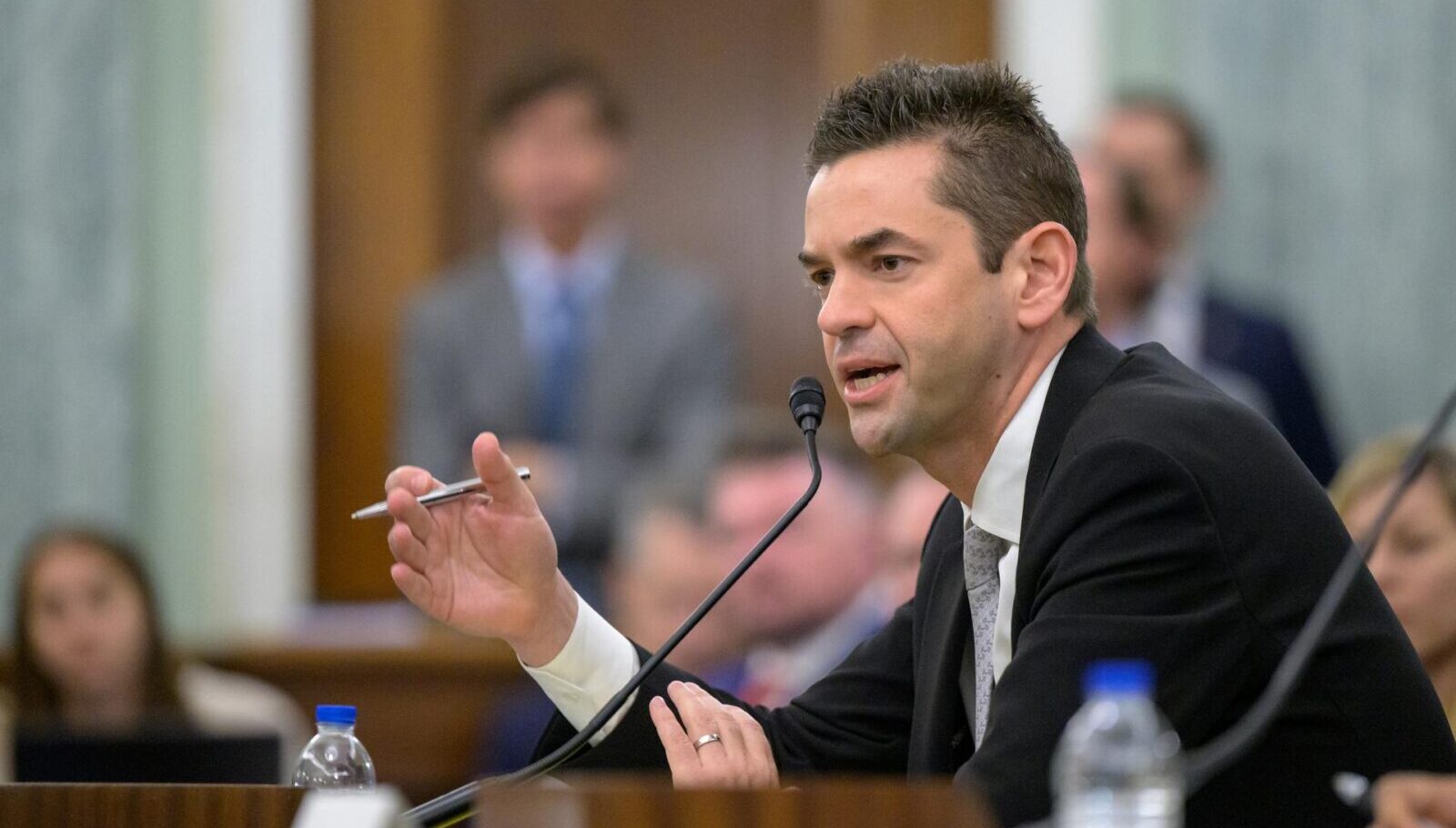Stay Up to Date
Submit your email address to receive the latest industry and Aerospace America news.
The man President Donald Trump tapped as NASA’s next administrator said Wednesday that “we don’t have to make a binary decision” when it comes to U.S. aspirations to land astronauts on both the moon and Mars.
“I don’t think we need to make any tough trades,” Jared Isaacman told members of the Senate Commerce, Science and Transportation Committee, suggesting that NASA could pursue both destinations.
Throughout the nearly three-hour hearing, which doubled as the nomination hearing for Olivia Trusty to become a member of the Federal Communications Commission, senators repeatedly questioned Isaacman about potential changes to the Artemis moon program that began under the first Trump administration. NASA is targeting April 2026 for the launch of Artemis II, a 10-day flight around the moon with four astronauts that will be the first crewed mission of the program and a precursor to a planned 2027 landing with two astronauts to the lunar south pole. Space industry insiders, however, have been openly skeptical of those timetables. Among the reasons is that there has yet to be a flawless robotic landing at the south pole, a region that includes low temperatures, limited sunlight and uneven topography that makes navigation and landing especially challenging.
“I absolutely want us to see us return to the moon,” Isaacman said, but noted that NASA must also identify “the scientific, economic and national security value to being there.”
The region is thought to be rich in water ice, useful for human consumption, coolant and in production through electrolysis of rocket fuel. Lunar regolith also contains a nonradioactive isotope, Helium-3, a potential fuel for future nuclear fusion reactors and also a coolant for energy-intensive data processing back on Earth.
“I am very hopeful that we are going to find [value on the moon] in order to support the ongoing presence on the lunar surface,” Isaacman added.
NASA’s long-term goal with Artemis has been to establish a permanent U.S. lunar presence as a stepping stone to human missions to Mars. But the arrival of the second Trump administration has thrown this moon-first strategy into question. During his January inaugural address, Trump vowed that astronauts would “plant the stars and stripes on the planet Mars” — a move seemingly in line with the ambitions of SpaceX founder Elon Musk, a prominent Trump advisor and head of the Department of Government Efficiency advisory group charged with reducing government spending. Last month, DOGE posted on X that it had terminated $420 million in NASA contracts that were “misaligned” with the agency’s priorities.
“No, we’re going straight to Mars. The Moon is a distraction,” Musk posted on X a few weeks before the inauguration. SpaceX plans to launch an unoccupied Starship, a two-stage super heavy-lift launch vehicle, toward Mars by late 2026, as a first step toward Musk’s long-held ambition of establishing a self-sustaining city on the red planet. SpaceX also has approximately $4 billion in NASA contracts to provide lunar lander variants of Starship for the first two Artemis landings.
Musk’s comments reignited a longstanding Mars-versus-moon debate over which destination should be prioritized, particularly in context of the years-long delays and yawning cost overruns with NASA’s Space Launch System rockets that are to launch Artemis astronauts in their Orion capsules toward lunar orbit, where a lander would be waiting ferry them to the lunar surface.
If Isaacman were confirmed, would he stick to that plan?
“I’d like nothing more than to see this Artemis II crew get around the moon,” Isaacman told Sen. Maria Cantwell of Washington, referring to the planned 2026 mission. “I think the real question is, again, why has it taken so long? Why does it cost so much money?”
Initially scheduled to debut in 2017, the first SLS was not launched until November 2022 as part of the Artemis I mission, when the rocket sent an unoccupied Orion capsule around the moon. A year later, the Government Accountability Office published a report that described billions in cost overruns with the SLS program, which unnamed senior NASA officials deemed “unaffordable.”
Cantwell also asked about the Lunar Gateway, a planned (and increasingly controversial) lunar orbiting space station where Artemis astronauts would reside when not on the surface. NASA originally planned to launch the first Gateway components in 2022, but various delays have pushed that target to no earlier than 2027. In response, Isaacman promised to “roll up my sleeves and further understand what’s working right and what opportunities the Gateway presents to us,” as well as its challenges.
“The Gateway is a component of many programs that are over budget and behind schedule,” but he added that he has “no intention, as of now” to cancel Gateway or “any program.”
Also looming large over the hearing was the growing influence of Musk on American space policy, with Sen. Gary Peters of Michigan noting SpaceX’s “extensive” number of federal contracts.
Isaacman described Musk as “a very accomplished entrepreneur” before likening his own potential role atop NASA as akin to former Administrator James Webb, who led the agency during the crucial years of development and testing leading up to the 1969 Apollo 11 landing.
“I have to imagine that in the 1960s, Administrator Webb would have taken phone calls and welcomed the input from all the various contractors that were contributing to the endeavor,” Isaacman said. “But they’re the contractors. NASA is the customer. They work for us, not the other way around.”
Similar to Musk, Isaacman made his fortune in financial transaction software with his company, Shift4. Isaacman has said he will “retain the majority of my equity interest” in the company if confirmed as administrator.
His nomination, however, represents a notable departure from those who have traditionally led the agency. Whereas past administrators often held long careers in government or the aerospace industry, Isaacman — who has commanded two private spaceflights aboard SpaceX Dragon capsules — has more of an entrepreneurial background. That may bring a “fresh perspective,” said Doug Loverro, who oversaw the Artemis program during the first Trump administration for several months as NASA’s head of human spaceflight.
It’s not a “denizen of Washington perspective,” Loverro added. “He brings an outside perspective” that could likely to prove instrumental as NASA “evolves into an agency more appropriate for 21st century space exploration.”
About David Ariosto
David is co-host of the “Space Minds” podcast on Space News and author of the upcoming Knopf book, “Open Space: From Earth to Eternity.”
Related Posts
Stay Up to Date
Submit your email address to receive the latest industry and Aerospace America news.




